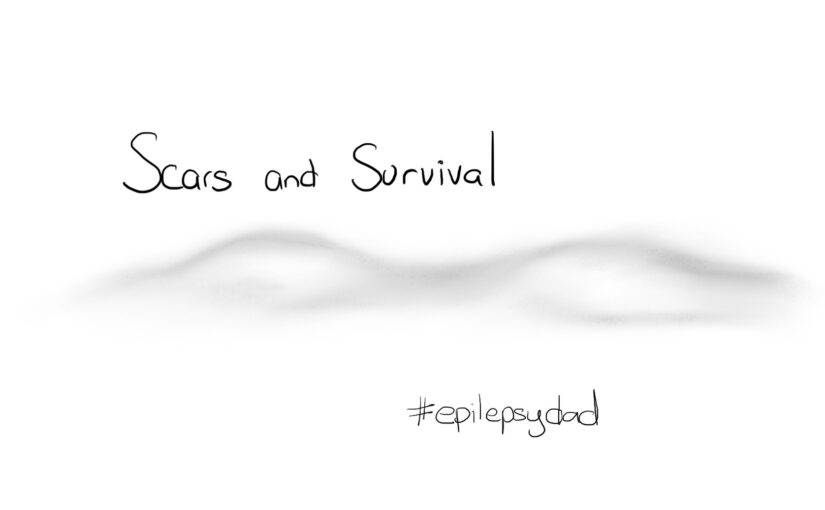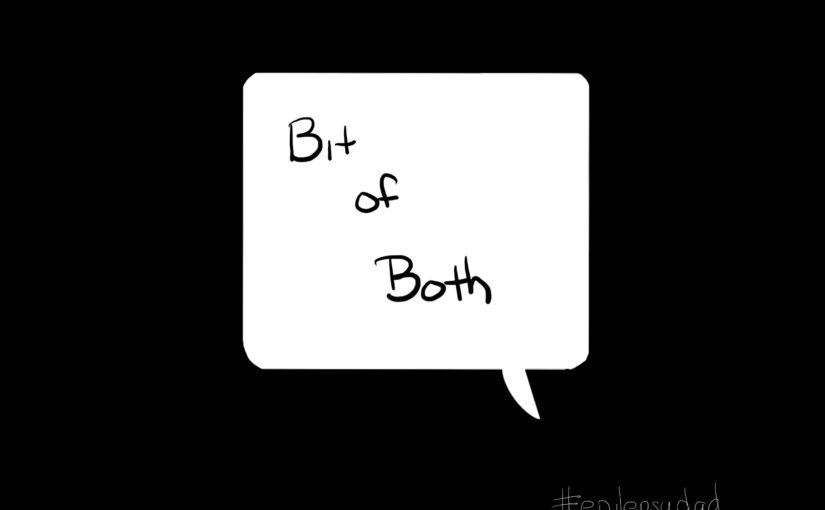When I was young, I didn’t have a lot of support learning how to manage big emotions. When things got hard, I would go internal, like a turtle pulling itself into its shell. I’d get anxious and scared, pulling my extremities closer to my body to make myself as small as possible until the danger passed.
That was a survival skill, but while it helped me get through the danger, it didn’t address the fear and anxiety that remained. I never learned to regulate my emotions and nervous system. As a result, I spent much of my life being an anxious, introverted, scared little boy and hiding from the world.
I developed other skills to compensate. I found the courage to join the Army. After the army, I started a career, got promoted, and led teams. I got married and started a family. That’s when those compensatory skills began to fail, and I reverted to the safety of going internal, which had worked for me. Still, it didn’t work for deepening a relationship or dealing with difficult situations together.
The stress of starting a family is real, and it was terrifying to bring another life into the world and be responsible for keeping it alive. I knew I wanted to give my son a better childhood and life than I had, which felt like a huge responsibility especially considering I had no reference or idea what that meant. It was easy to do the fun stuff with him, but the stress and anxiety brought some of those survival skills back to the surface which created distance between me and my family. But we managed.
The bigger test was when we moved to Pennsylvania. We moved across the county into a new city for a new job and, within a few months, my son also began having seizures. Within that first year of moving, we spent nearly six months in the hospital trying to get his seizures under control, dealing with side effects from his medications, behavioral issues, and the fear of losing him, all in a new environment where we had no support.
Again, those survival skills that I learned as a child came back in full force. I forced my emotions down inside my shell and focused my energy on the logistics and on getting things done, rather than dealing with the fear, anxiety, shame, and despair that were trying to make their presence known.
That could be what was necessary. I needed to keep my job, maintain our insurance, put food on the table, and create a sense of normalcy in an unstable and unnatural time. While the crisis was happening, I needed that focus and detachment. But afterward, when the danger had subsided and what was left was the rebuilding of our son, that detachment became a divide, a chasm I couldn’t reach across to connect with my family.
I’ve spent a lot of time since then to cross that divide. Therapy, self-reflection, and the hard work of being present have brought me closer to my son, and I hope they have also set an example for him on how to balance survival with connection. It’s not easy, but it’s worth it because my son deserves more than just survival.
He deserves me.


